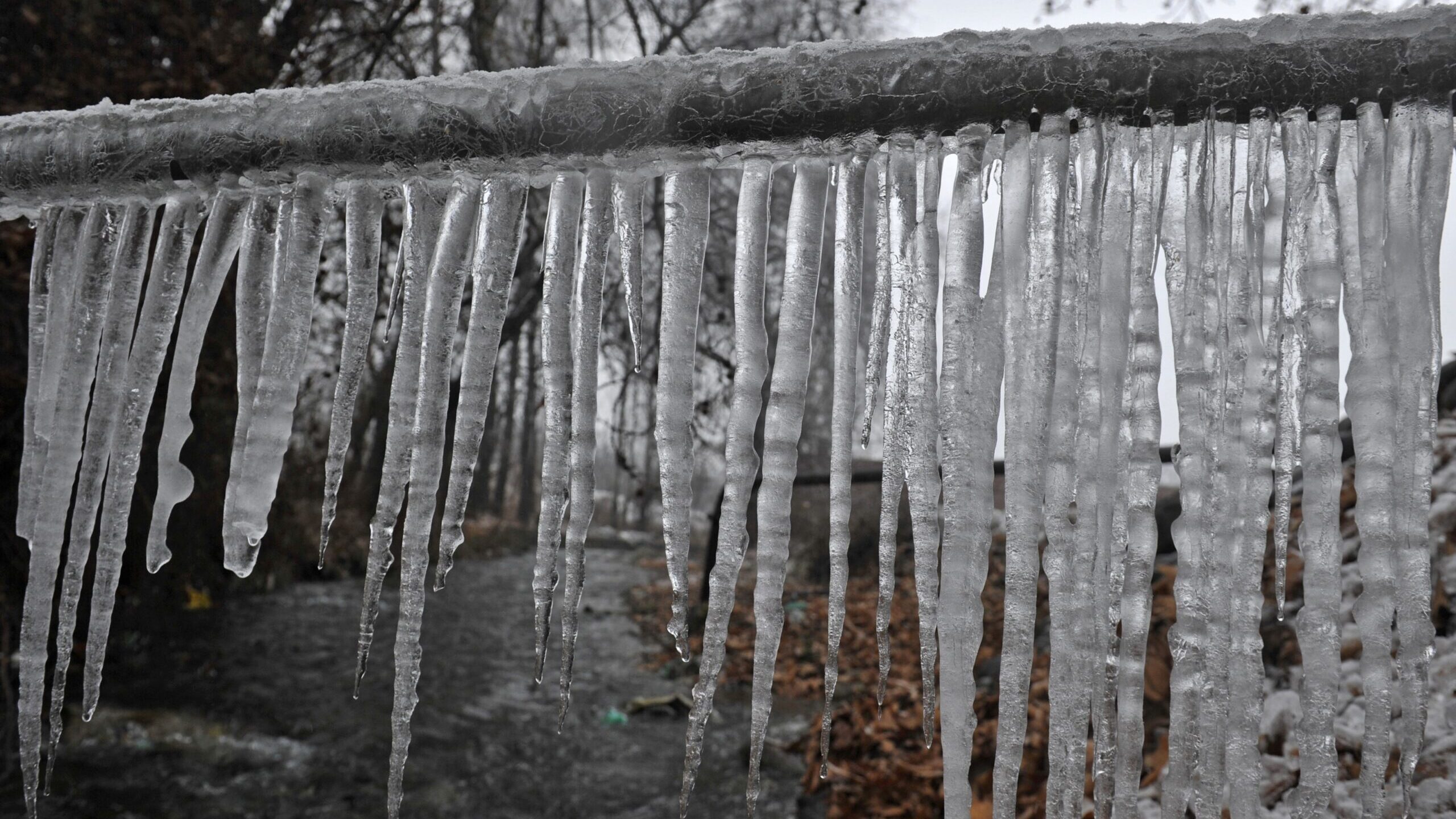They are making several good points about Preventing and dealing with frozen pipes overall in this great article which follows.

Winter can ruin your pipes, particularly by freezing pipelines. Below's how to prevent it from happening and what to do if it does.
Introduction
As temperature levels decline, the danger of frozen pipes rises, potentially resulting in costly fixings and water damages. Comprehending how to stop icy pipes is crucial for home owners in chilly environments.
Comprehending Frozen Pipelines
What causes pipelines to freeze?
Pipes ice up when revealed to temperature levels listed below 32 ° F (0 ° C) for expanded durations. As water inside the pipelines freezes, it broadens, putting pressure on the pipeline wall surfaces and potentially causing them to burst.
Threats and problems
Frozen pipes can bring about water interruptions, building damage, and expensive fixings. Burst pipelines can flooding homes and cause considerable structural damages.
Indications of Frozen Piping
Determining icy pipes early can avoid them from rupturing.
Just how to identify icy pipelines
Look for lowered water flow from taps, unusual smells or noises from pipelines, and noticeable frost on revealed pipelines.
Prevention Tips
Insulating vulnerable pipelines
Wrap pipelines in insulation sleeves or utilize heat tape to shield them from freezing temperatures. Concentrate on pipes in unheated or external areas of the home.
Home heating methods
Maintain interior rooms effectively heated, particularly locations with plumbing. Open closet doors to enable warm air to circulate around pipelines under sinks.
Shielding Exterior Pipes
Garden hoses and exterior taps
Separate and drain garden tubes prior to winter season. Install frost-proof faucets or cover outside taps with shielded caps.
What to Do If Your Pipes Freeze
Immediate actions to take
If you think icy pipelines, keep faucets available to ease pressure as the ice thaws. Use a hairdryer or towels taken in warm water to thaw pipelines slowly.
Long-Term Solutions
Architectural adjustments
Think about rerouting pipelines away from exterior wall surfaces or unheated areas. Add additional insulation to attic rooms, basements, and crawl spaces.
Updating insulation
Purchase high-grade insulation for pipes, attic rooms, and walls. Appropriate insulation assists maintain constant temperatures and reduces the threat of frozen pipelines.
Verdict
Protecting against icy pipelines calls for proactive measures and quick responses. By comprehending the causes, signs, and safety nets, house owners can protect their pipes during winter.
5 Ways to Prevent Frozen Pipes
Drain Outdoor Faucets and Disconnect Hoses
First, close the shut-off valve that controls the flow of water in the pipe to your outdoor faucet. Then, head outside to disconnect and drain your hose and open the outdoor faucet to allow the water to completely drain out of the line. Turn off the faucet when done. Finally, head back to the shut-off valve and drain the remaining water inside the pipe into a bucket or container. Additionally, if you have a home irrigation system, you should consider hiring an expert to clear the system of water each year.
Insulate Pipes
One of the best and most cost-effective methods for preventing frozen water pipes is to wrap your pipes with insulation. This is especially important for areas in your home that aren’t exposed to heat, such as an attic. We suggest using foam sleeves, which can typically be found at your local hardware store.
Keep Heat Running at 65
Your pipes are located inside your walls, and the temperature there is much colder than the rest of the house. To prevent your pipes from freezing, The Insurance Information Institute suggests that you keep your home heated to at least 65 degrees, even when traveling. You may want to invest in smart devices that can keep an eye on the temperature in your home while you’re away.
Leave Water Dripping
Moving water — even a small trickle — can prevent ice from forming inside your pipes. When freezing temps are imminent, start a drip of water from all faucets that serve exposed pipes. Leaving a few faucets running will also help relieve pressure inside the pipes and help prevent a rupture if the water inside freezes.
Open Cupboard Doors
Warm your kitchen and bathroom pipes by opening cupboards and vanities. You should also leave your interior doors ajar to help warm air circulate evenly throughout your home.

Do you enjoy reading up on Winter Plumbing Precautions: Preventing Frozen Pipes? Create feedback down the page. We would be happy to hear your insights about this blog post. Hoping that you visit us again in the near future. Liked our article? Please share it. Let others find it. Thanks for taking the time to read it.
View Website